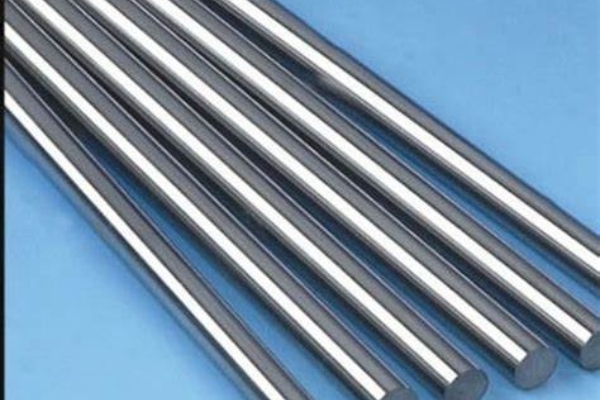Mechanical property testing is an important technology widely used in modern engineering. In the process of material research, product design and manufacturing, understanding the mechanical properties of materials is essential to ensure product quality and reliability. Section shrinkage is an important index in mechanical property testing, this paper will discuss the definition of section shrinkage, test methods and its significance in practical applications.
Definition of section shrinkage
Section shrinkage refers to the extent to which the cross-sectional area of a material decreases due to volume changes during processing or cooling. It is usually expressed as a percentage and is calculated as follows: Section shrinkage = (Initial cross-sectional area - Final cross-sectional area) / Initial cross-sectional area × 100%. The magnitude of section shrinkage reflects the degree of deformation of the material during the manufacturing process, and can also be used to assess the quality of manufacturing and to predict the properties of the material.

Test Methods for Section Shrinkage
There are two common methods for measuring section shrinkage: linear and non-linear.
Linear Measurement: The linear measurement method focuses on measuring the geometry of a sample of material and then calculating the section shrinkage. This method is suitable for homogeneous materials and regularly shaped samples, such as cylindrical and rectangular shapes. Through precise measurements and calculations, we can obtain an accurate value for the section shrinkage.
Non-linear measurements: Non-linear measurement methods are mainly based on changes in the physical properties of the material to obtain the section shrinkage. For example, heat treatment, optical measurements and stress analysis can be used to determine the deformation of the material from which the section shrinkage is calculated. This method is suitable for complex shaped samples and non-uniform materials.
The significance of section shrinkage in practical applications
Section shrinkage has great significance and application value in materials science and engineering.
Materials R&D and Evaluation: By measuring and evaluating the sectional shrinkage of materials, we can understand the performance of materials during manufacturing and processing, and guide the development and improvement of materials accordingly. For example, in the development of metal alloy materials, reasonable control of sectional shrinkage can improve the strength and durability of the material, thus adapting to a wider range of applications.
Product Design and Manufacturing: In the process of product design and manufacturing, understanding the sectional shrinkage of materials can help us predict and control deformation and defects in the manufacturing process. For example, in the injection molding process, by properly designing the mold and controlling the production parameters, the section shrinkage of the material can be reduced to obtain a more desirable product shape.
Quality control and reliability assessment: Section shrinkage can also be used as one of the indicators for product quality control and reliability assessment. By detecting and comparing the difference between the section shrinkage of the actual production products and the standard value, problems in the manufacturing process can be found in time and corresponding measures can be taken to improve. At the same time, the measurement results of section shrinkage can also provide a basis for product reliability analysis and life prediction.

Conclusion
As an important index in mechanical property testing, section shrinkage is of great significance for material research and development, product design and quality control. Through reasonable testing methods and data analysis, we can better understand the performance characteristics of materials and improve the quality and reliability of products. In the future engineering practice, we should further study the influencing factors and control methods of section shrinkage to make greater contributions to the development of materials science and engineering fields.